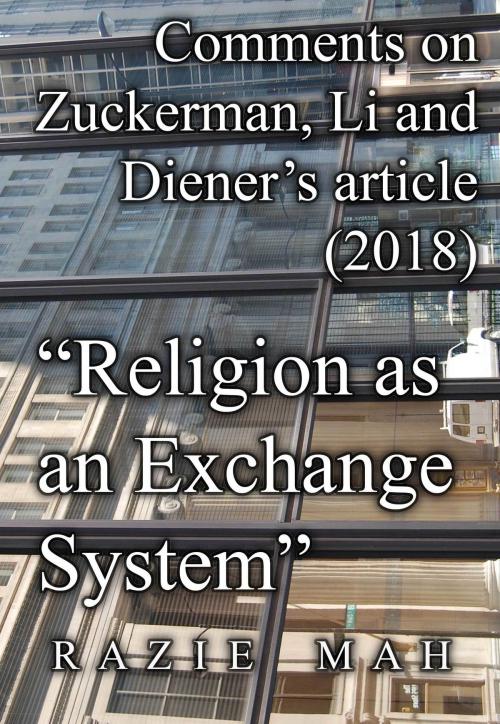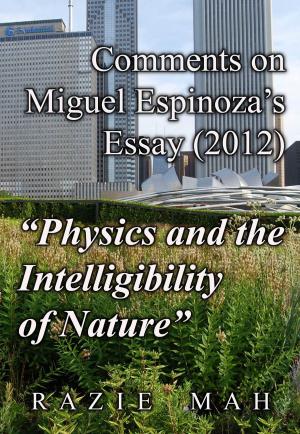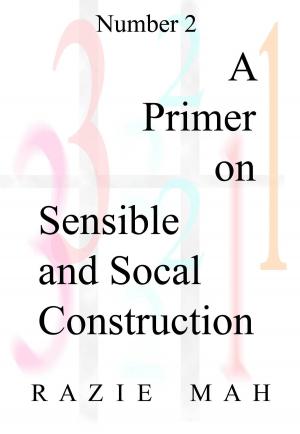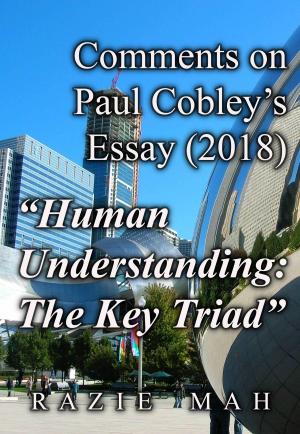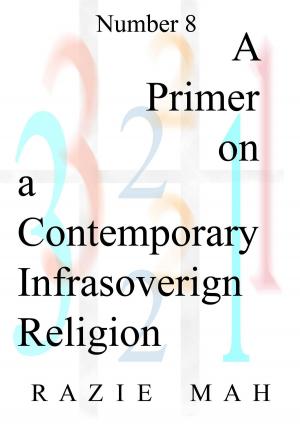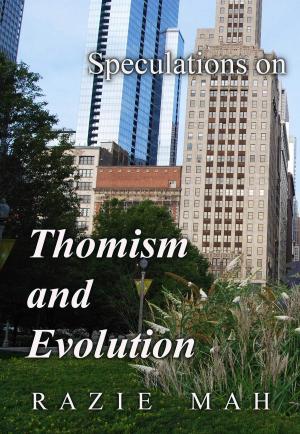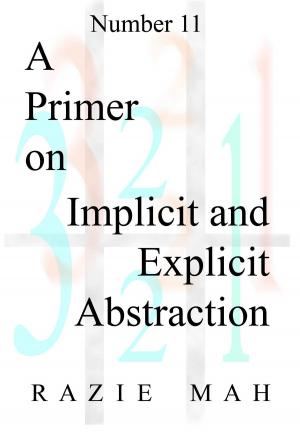Comments on Zuckerman, Li and Diener's Article (2018) "Religion as an Exchange System"
Nonfiction, Reference & Language, Education & Teaching, Study Skills, Social & Cultural Studies, Social Science, Sociology| Author: | Razie Mah | ISBN: | 9781942824510 |
| Publisher: | Razie Mah | Publication: | July 4, 2018 |
| Imprint: | Smashwords Edition | Language: | English |
| Author: | Razie Mah |
| ISBN: | 9781942824510 |
| Publisher: | Razie Mah |
| Publication: | July 4, 2018 |
| Imprint: | Smashwords Edition |
| Language: | English |
Clinical and social scientists Miron Zuckerman, Chen Li and Ed Diener, from the Universities of Rochester (MZ and CL),Virginia and Utah (ED), present an exchange model of religion. They build upon a trail blazed in 2016 by Norenzayan and collaborators on the cultural evolution of religion.
These comments examine their claims using resources derived from the writings of Charles Peirce. The category-based nested form disassembles and re-articulates arguments on the basis of firstness, secondness and thirdness. So, the method is not analytical. It is based on association and implication.
The category-based nested form models Darwinian evolution. A triadic diagram of judgment models Maritain's view on the structure of empirio-schematic research. These two relational structures provide fourth-age tools for appreciating this text.
Can religion be modeled as an exchange system?
Are government and God interchangable?
The data tell a story.
Let us see what that story is.
Clinical and social scientists Miron Zuckerman, Chen Li and Ed Diener, from the Universities of Rochester (MZ and CL),Virginia and Utah (ED), present an exchange model of religion. They build upon a trail blazed in 2016 by Norenzayan and collaborators on the cultural evolution of religion.
These comments examine their claims using resources derived from the writings of Charles Peirce. The category-based nested form disassembles and re-articulates arguments on the basis of firstness, secondness and thirdness. So, the method is not analytical. It is based on association and implication.
The category-based nested form models Darwinian evolution. A triadic diagram of judgment models Maritain's view on the structure of empirio-schematic research. These two relational structures provide fourth-age tools for appreciating this text.
Can religion be modeled as an exchange system?
Are government and God interchangable?
The data tell a story.
Let us see what that story is.
